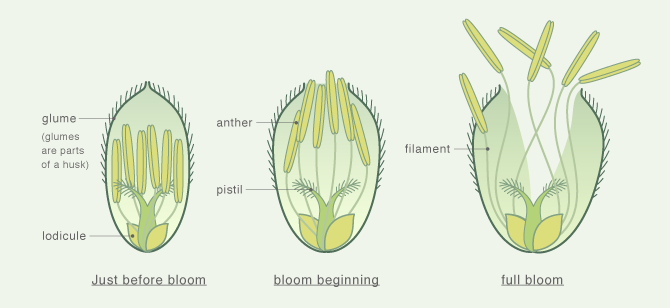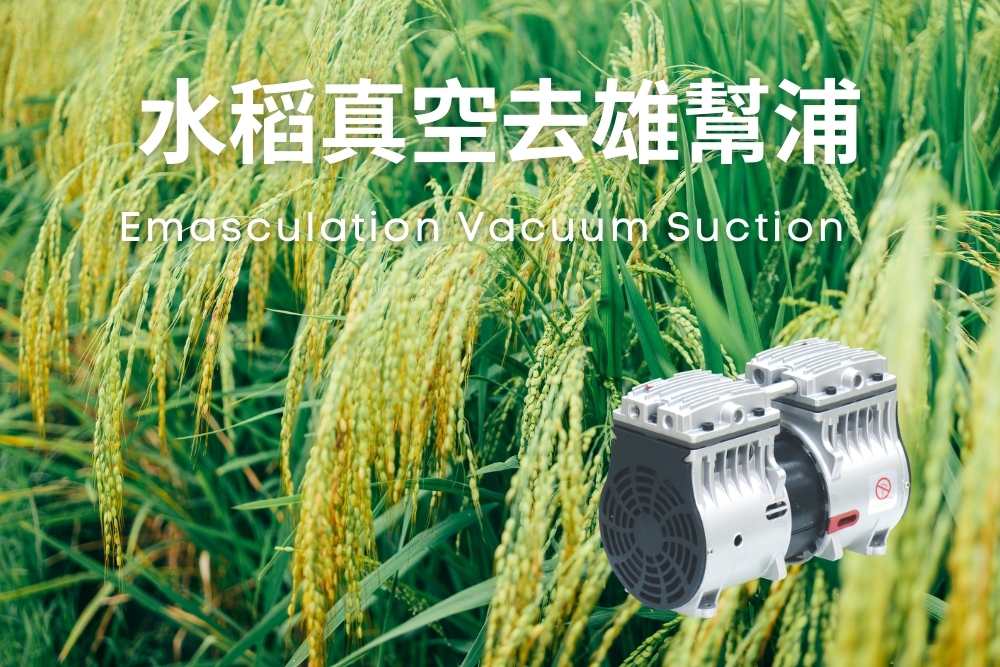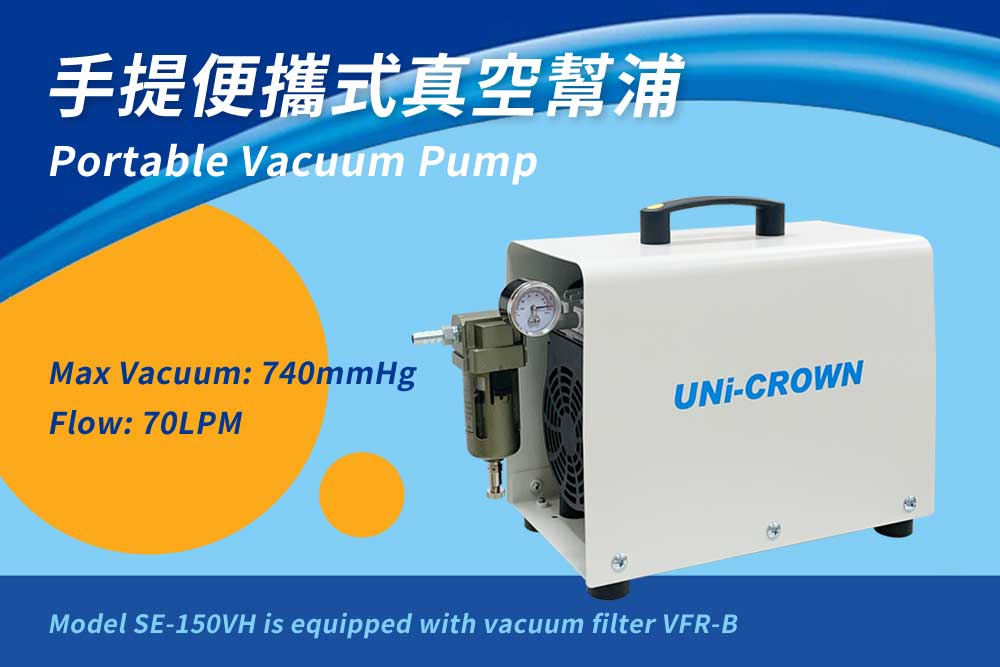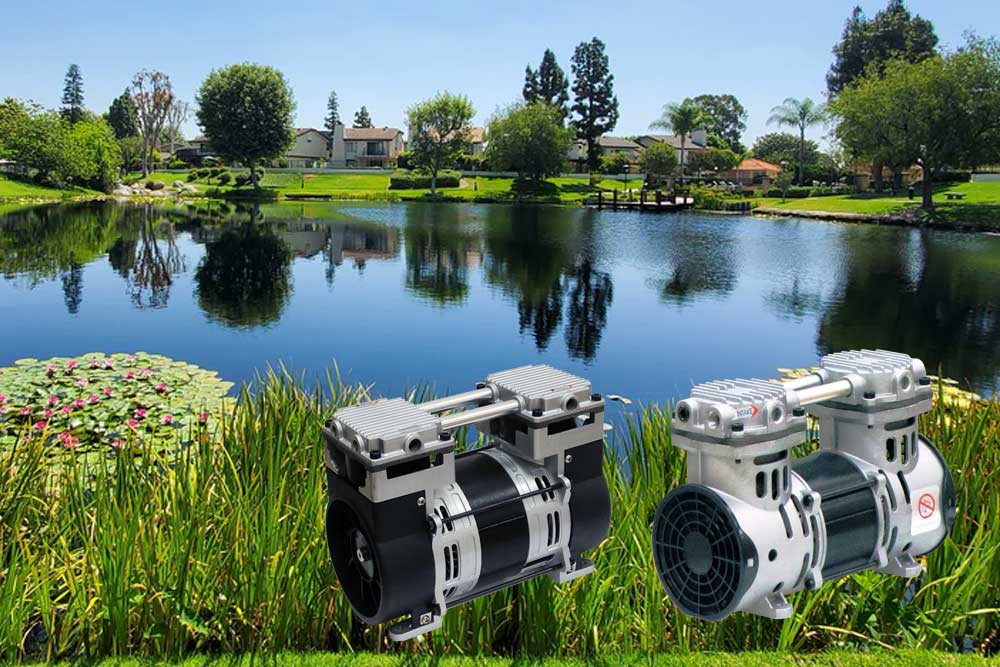Vacuum emasculation is the use of a small vacuum pump for removing not mature anthers.

Variety development is a long-term process, to create a new variety, one must first create new pools of genetic variation. This is done by crossing two different varieties or lines to generate a full spectrum of recombinants for selection of different breeding goals. In addition to rapidly expanding rice genome research, the biological function of the rice genome is exploring, transgenic paddy rice research and rice breeding research require a large amount of hybrid seeds.
Emasculation is a method of “artificial hybridization” where you remove the stamens (anthers) of a flower without removing the female reproductive organ. In bisexual flowers, emasculation is essential to prevent self-pollination. In monoecious plants, male flowers are removed.
How to utilize easy apparatus, improve the paddy rice cross breeding operating efficiency and castrate mobility, become the key technology and research motivation in this field.
Rice is a self-pollinated crop with a perfect flower that contains the pistil (stigmas, styles and ovary) and stamens (two-celled anthers and filaments). Prior to anthesis, which is the period during which the flower is functional, the designated female parent must have its anthers removed before being pollinated with the selected male parent.
Hot water treatment and vacuum suction are the two most common emasculation methods. The use of a vacuum pump for artificial emasculation was faster than traditional methods. Pollen grains are more sensitive to high temperatures than is the stigma. With the vacuum emasculator, this technique will give a quick process of emasculation because it can remove pollen between 3000 to 6000 florets in an hour.
The process to remove anthers is called emasculation. Emasculation is also carried out by using a small vacuum pump to extract the unripe anthers from spikelets of selected female parents by suction force. The device contains an oil-free pump, plastic tube and filters for filtering pollen grains and incoming air. A glass pipette is connected to the end of the plastic tube, and the narrow nozzle of the pipette is used for sucking anthers from the clipped spikelets. A panicle of the designated female parent with only a few top spikelets that flowered the day before is the perfect material for vacuum emasculation. The panicle is trimmed from the bottom upward to leave 25-35 well-spaced spikelets to be emasculated. An opening is then cut on each of the selected spikelets separately so that the anthers come free to be vacuumed out of the spikelet. The tip of the pipette is inserted into the clipped spikelet, and the vacuum sucks out anthers without damaging the stigma. The emasculated panicle is then covered with a labeled glassine cross bag and the plant is moved back into the greenhouse and is now ready for pollination.
The process of transferring pollen from selected male parents to the emasculated spikelets of female parents is called pollination. It may be done immediately after emasculation or may be delayed for up to several days. It can be done either by bagging a flowering male panicle above the emasculated female panicle in a glassine cross bag or by cutting off the entire or part of a flowering male panicle and swirling around the female inside the glassine cross bag. After pollinating the female, the appropriate information on the male parent is written on the glassine cross bag and the bag is placed back over the female panicle. The cross seed is mature and ready to be harvested in about 28-34 days.
Recommended products: Oil-free vacuum pump UN-90V, UN-90VH
Application: Crop Improvement emasculation vacuum suction, vacuum emasculator (Rice Testing Machine, Seed Testing Equipment, Laboratory Glassware, Scientific Equipments)
Methods Of Emasculation In Plants




